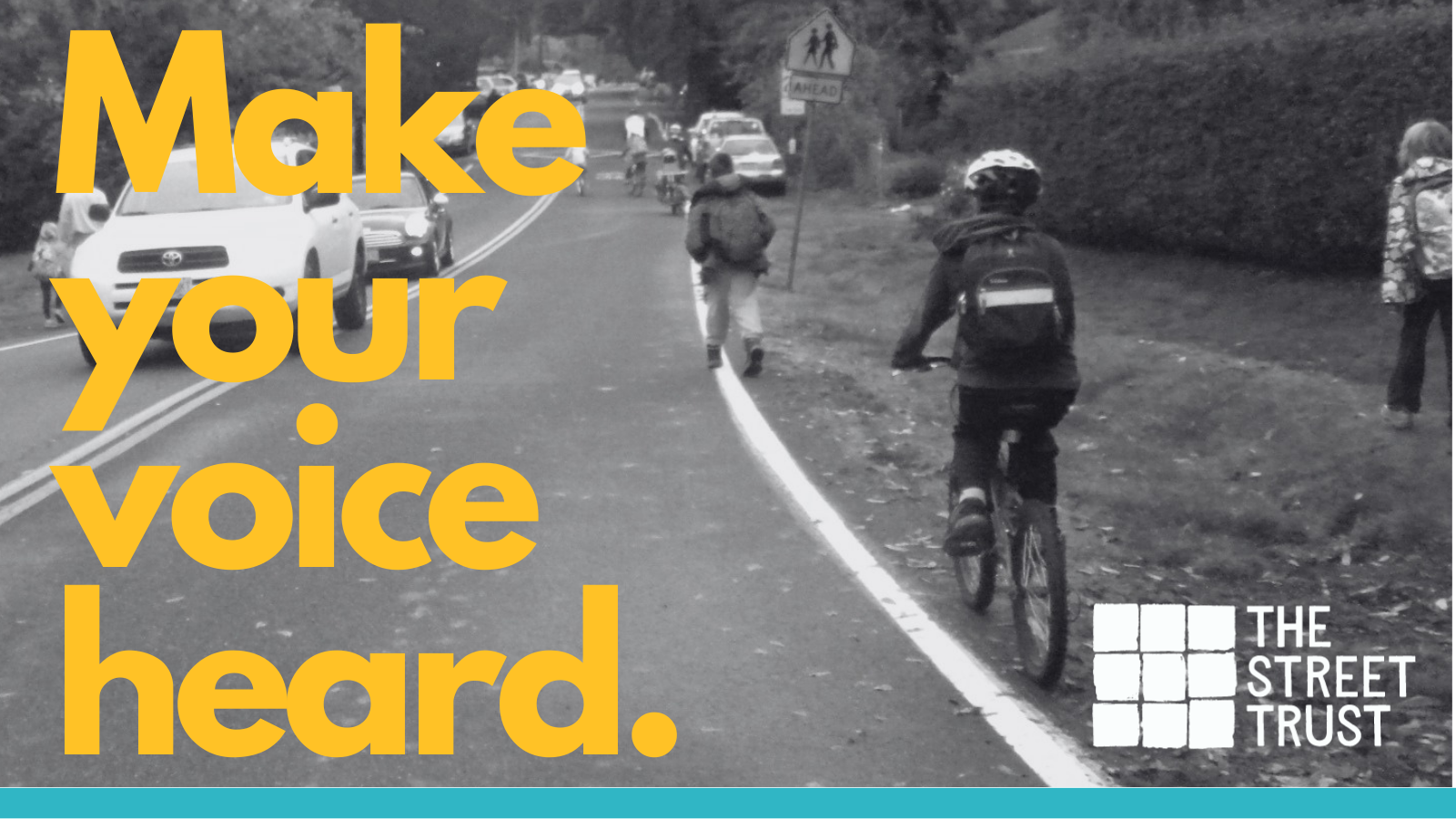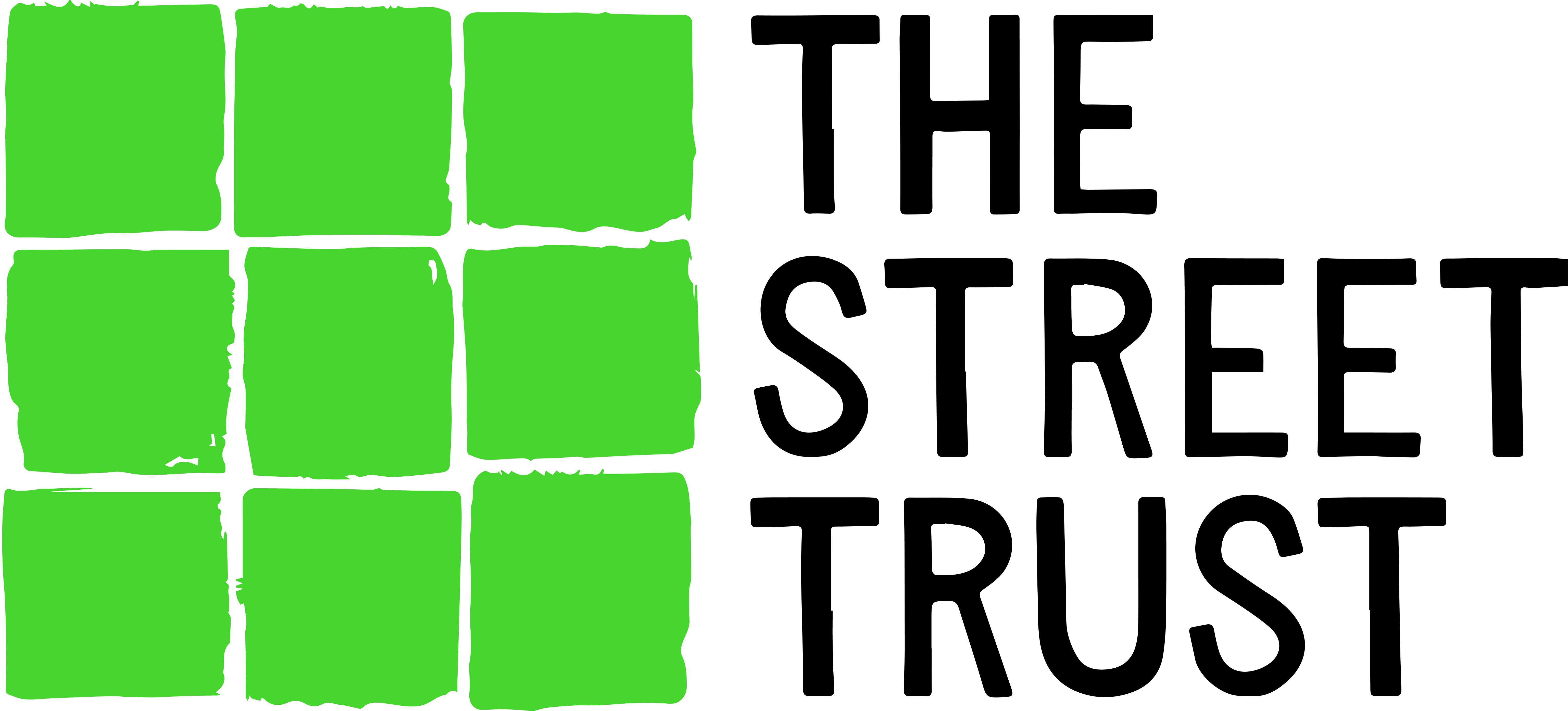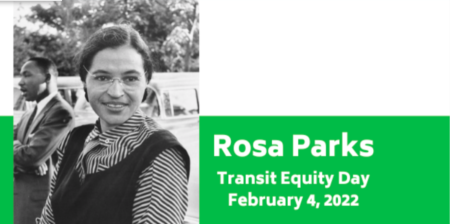
Transportation advocates have long been pushing for safer streets and greener transportation policies to address the high rates of traffic fatalities and the fact that 40% of Oregon’s carbon emissions come from transportation. Today, we need your help to convince statewide policymakers to take bold action to invest in a sustainable and equitable transportation system.
The Oregon Department of Transportation (ODOT) has put together different scenarios for how to spend the $1.2 billion of federal funding received from the Investments, Infrastructure and Jobs Act (IIJA). Out of this massive investment, $412 million are considered “flexible funds.” While one of the scenarios does commit more to public and active transportation – areas that have been profoundly underinvested with enormous negative climate and equity outcomes – all of them take a “spread it around” approach, allocating at least $54 million to expansion and maintenance of highways.
ODOT and the Oregon Transportation Commission (OTC) must adopt an investment approach that does right by communities that have been overshadowed and underfunded. ODOT should also follow the Governor’s Executive Order calling for a reduction in GHG emission and all investments with these funds should be evaluated for their climate impacts.
Over the last few weeks, state legislators, individuals, and leaders from multiple advocacy groups have commented to ODOT demanding a more thoughtful allocation of the funds in line with our values and now ODOT needs to hear from you!
We’re asking you to provide input to the decision in three ways. (We’ve provided assistance below this list to help you complete these tasks):
- Fill out ODOT’s open house survey including “ratings” for the different programs and scenarios and the option to add comments. (Need ideas? We’ve included key points and suggestions below). The results of this survey will be presented to the OTC.
- Submit a comment through the OTC public comment form.
- Provide oral comments at the OTC virtual meeting on February 17 (12:30 to 2:30 PM). Comment timeslots are limited, and you must sign up by at least 4pm the day before the meeting – information is posted on the OTC meeting website.
The OTC will make the final investment allocation decision at the end of March. We’ll keep you posted about ways to engage as the conversation progresses.
As promised – our advice to help you craft testimony:
- No money should be allocated to “Enhance Highway”
- If money must be allocated to “Fix-It” it should be limited and prioritized for projects with the greatest climate and equity impacts
- Invest in programs with better safety, climate, and equity impacts: Safe Routes to School, Great Streets, and Local Climate Planning
- Prioritize spending on areas where, due to constitutional restrictions, Highway Trust Fund money cannot be spent.
For the survey, we suggest the following ratings. (More detail about our take on these areas below.)
- Station 2 (Survey 1): Areas to Invest
- Safe Routes to School – 5
- Great Streets – 5
- Fix-it – 1
- Enhance Highway – 1
- Local Climate Planning – 5
- ADA Curb Ramps – 3
- Business and Workforce Development – 4
- Match for US DOT Competitive Grants – 3
- Maintenance and Operations – 1
- Station 3 (Survey 2): Funding Options
- Fix-It – 1
- Public and Active Transportation – 5
- Enhance Highway – 1
- Balanced – 1
More Detail on the Areas of Investment:
- Safe Routes to School: The Safe Routes to School program builds bike lanes, sidewalks and street crossings around elementary and middle schools. This is a grant program that always has many more applications than it can fund, and provides direct investment in community-identified projects.
- Great Streets: Many state highways that pass through communities focus on moving traffic and do not adequately address the needs of people biking, walking, or riding transit, nor do they adequately support community and economic vitality. Great Streets is a new program that could provide much-needed focus on people instead of vehicle movement.
- Fix-It: There is no question that repair of roads and bridges is an expensive and important investment. However, regardless of the amount of money allocated to ODOT, the agency always lacks adequate funding for repair and maintenance. ODOT has historically chosen to spend unrestricted money on large-scale roadway expansion projects over investing in maintenance and operations. ODOT needs to shift to systemically prioritizing maintenance instead of expansion and spend our dollars efficiently to make our system whole. Our low ratings for “Fix-It” in this survey reflect our belief that these important investments need to be built sustainably into the budget, and ODOT should not be bailing itself out with this one-time windfall.
- Enhance Highway: “Enhance highways” means building new roadway. It is a scientific fact that “enhancing” or expanding highway infrastructure increases miles driven and, in turn, greenhouse gas emissions. This relationship between road capacity and traffic is well established as the “fundamental law of road congestion” or “induced demand.” Because of this, ODOT’s intention to expand highways directly contradicts Governor Brown’s executive order calling for a 45 percent reduction of GHG emissions from 1990 levels by 2035. If Oregon intends to meet these goals, highway enhancement is not an option and no money should be allocated to it. (It’s worth noting that adding roadway capacity also reduces congestion only in the short term, and we’ll all just end up stuck in the same traffic on wider roads with more other vehicles.) There are plenty of other reasons to avoid “Enhance Highway” investments – they create new maintenance obligations on top of the existing ones that ODOT has demonstrated very little interest in meeting, and lead to more driving which leads to more injuries and deaths.
- Local Climate Planning: The state’s Department of Land Conservation and Development is proposing making cities, counties and metropolitan planning organizations across Oregon update their transportation plans to reduce greenhouse gas emissions from the transportation system. This money would support rapid implementation of those rules, which will support climate and equity outcomes across the state.
- Americans with Disabilities Act Curb Ramps: ODOT is required by a lawsuit to build ADA-compliant curb ramps. While ADA-compliant curb ramps are extremely important for accessibility, this work – which should have been done long ago – should also be covered by ongoing funding, not by this one-time windfall.
- Business and Workforce Development: ODOT is investing in internal programs that train new construction workers and support businesses owned by women and people of color so they can compete for ODOT contracts.
- Match for U.S. DOT Competitive Grants: The U.S. Department of Transportation will hand out more than $100 billion for competitive grants. Most programs require grantees to provide at least 20% of the total project funding. ODOT would like to use some of the IIJA federal money to replace state funding on various projects, so they can use that state funding as a match to apply for grants to get more federal money. This could be good or bad, depending on what grants ODOT applies for.
- Maintenance and Operations: This money would be spent on regular highway maintenance activities like patching potholes, plowing snow, and other day-to-day work. As with the Fix-It category, our low ratings for this investment option reflect our belief that maintenance needs to be built sustainably into the budget, and ODOT should not be bailing itself out with this one-time windfall.

